1. Formal Business Greeting:
Dear [Recipient's Name],
I hope this letter finds you well. I wanted to extend my warmest greetings as we continue to collaborate on [project/task]. Your expertise and dedication are truly invaluable to our team.
Best regards, [Your Name]
2. Personal Casual Greeting:
Hey [Friend's Name],
Just a quick note to say hi and catch up. How's everything going on your end? Let's plan a get-together soon!
Take care, [Your Name]
3. Holiday Season Greeting:
Dear [Recipient's Name],
Wishing you a joyful holiday season filled with love, laughter, and cherished moments with your loved ones.
Warmest wishes, [Your Name]
4. Formal Thank You Greeting: Dear [Recipient's Name],
I wanted to express my sincere gratitude for your assistance with [specific situation]. Your support has been instrumental in achieving our goals.
Thank you, [Your Name]
5. Sympathy/Condolence Greeting:
Dear [Recipient's Name],
I am deeply sorry to hear about your loss. Please accept my heartfelt condolences during this difficult time.
With sympathy, [Your Name]
6. Congratulations Greeting:
Dear [Recipient's Name],
Congratulations on your [achievement/event]! Your hard work and dedication have truly paid off. I'm so happy for you.
Best wishes, [Your Name]
7. New Job Greeting:
Dear [Recipient's Name],
Congratulations on your new job at [company]! Wishing you success and fulfillment in this exciting new chapter.
Warm regards, [Your Name]
8. Birthday Greeting:
Dear [Friend's Name],
Happy Birthday! May your day be filled with joy, love, and all the things that bring you happiness.
Celebrating you, [Your Name]
9. Wedding Greeting:
Dear [Couple's Names],
Wishing you a lifetime of love and happiness as you begin this beautiful journey of marriage. Congratulations on your special day!
Warmest regards, [Your Name]
10. Get Well Soon Greeting:
Dear [Recipient's Name],
Sending you healing thoughts and positive energy. I hope you recover quickly and feel better soon.
Take care, [Your Name]
Professional Business Letter Greeting
Dear Mr./Ms. [Last Name],
I hope this letter finds you well. I am writing to introduce myself and express my interest in establishing a professional relationship with your organization.
As [your position/title] at [company name], I have been following your company's remarkable achievements in [industry/field]. Your recent [specific accomplishment or project] particularly caught my attention and aligns perfectly with our business objectives.
I would welcome the opportunity to discuss potential collaboration opportunities that could benefit both our organizations. Perhaps we could schedule a meeting at your convenience to explore how we might work together.
Thank you for your time and consideration. I look forward to hearing from you soon.
Sincerely,
[Your Full Name]
[Your Title]
[Contact Information]
Casual Friend Introduction Email
Hi [Friend's Name]!
Hope you're doing awesome! I wanted to reach out because I've been thinking about you and thought it was high time we reconnected.
It's been way too long since we last caught up, and I'd love to hear what you've been up to lately. Are you still working at [company/field]? How's [family member/pet/hobby] doing?
I've got some exciting news to share too – [brief personal update]. Maybe we could grab coffee or have a video call sometime soon to properly catch up?
Let me know what works for your schedule. Really hope to hear from you!
Cheers,
[Your Name]
Formal Academic Introduction Letter
Dear Professor [Last Name],
I hope this letter finds you in good health and spirits. I am writing to introduce myself as a [your academic status] in [field of study] at [institution name].
I have been following your groundbreaking research in [specific field/topic], particularly your recent publication on [specific work]. Your insights into [specific aspect] have significantly influenced my own academic pursuits and research direction.
I am currently working on [your research/thesis topic] under the supervision of Professor [supervisor's name]. Given your expertise in this area, I would be deeply honored if you would consider serving as [specific role - external examiner, advisor, collaborator].
I have attached my curriculum vitae and a brief outline of my research proposal for your review. I would be grateful for the opportunity to discuss my work with you further, should you find it of interest.
Thank you for your valuable time and consideration.
Respectfully yours,
[Your Full Name]
[Academic Title/Position]
[Institution]
[Contact Information]
Heartfelt Personal Introduction Message
Dear [Name],
I hope this message finds you surrounded by happiness and good health. I'm reaching out with a mix of excitement and nervousness, as I've been wanting to introduce myself for quite some time.
[Mutual connection/friend's name] spoke so warmly about you, sharing stories that made me feel like I already know you a little. They mentioned your passion for [hobby/interest] and your incredible work in [field/volunteer work], both of which resonate deeply with me.
I'm someone who believes in the magic of meaningful connections, and something tells me we might have a lot in common. I'd love the chance to get to know you better, whether that's over coffee, a walk in the park, or even just exchanging messages like this one.
There's no pressure at all – I just wanted to put myself out there and see if you'd be interested in a new friendship. Life's too short not to reach out when someone seems genuinely wonderful.
Looking forward to possibly hearing from you, but completely understand if you're not interested.
Warmly,
[Your Name]
Networking Event Follow-up Email
Subject: Great meeting you at [Event Name]
Hi [Name],
It was such a pleasure meeting you at [event name] yesterday! I really enjoyed our conversation about [specific topic discussed] and was impressed by your insights into [specific point they made].
As promised, I'm attaching the article I mentioned about [topic]. I think you'll find the section on [specific detail] particularly relevant to the challenges you mentioned facing at [their company].
I'd love to continue our conversation over coffee sometime. Would you be free for a quick meet-up next week? I'm flexible with timing and happy to work around your schedule.
Also, feel free to connect with me on LinkedIn – I'd be happy to introduce you to [mutual connection] who I think you'd find interesting given your work in [their field].
Thanks again for the engaging conversation. Looking forward to staying in touch!
Best,
[Your Name]
[Your Title]
[Contact Information]
Neighbor Introduction Letter
Dear Neighbor,
Hello! I hope this note finds you well. My name is [Your Name], and I recently moved into the house at [your address]. I wanted to take a moment to introduce myself and say how happy I am to be part of this wonderful neighborhood.
I've already noticed how welcoming and well-maintained this area is, and I'm looking forward to being a good neighbor and contributing positively to our community.
A little about me: I work as a [your profession] and enjoy [2-3 hobbies/interests]. I have [family composition - spouse, kids, pets] who are all excited about our new home here.
Please don't hesitate to reach out if you ever need anything – whether it's borrowing a cup of sugar, accepting deliveries, or just having someone to chat with. I believe in looking out for one another and building strong community connections.
I'd love to meet you properly sometime soon. Perhaps we could chat over the fence or you could stop by for coffee when convenient.
Thank you for helping make this neighborhood such a great place to live!
Warm regards,
[Your Name]
[Your Phone Number]
Online Community Introduction Post
Hey everyone!
New member here, and I'm excited to join this amazing community! 🎉
A bit about me: I'm [name] from [location], and I've been [relevant experience/background] for about [time period]. I discovered this group through [how you found the community] and was immediately drawn to the supportive atmosphere and quality discussions I saw.
I'm particularly interested in [2-3 specific topics relevant to the community] and hope to both learn from your collective wisdom and contribute my own experiences where helpful.
When I'm not [main activity related to community], you'll probably find me [personal interests/hobbies]. I love connecting with like-minded people and am always up for good conversations!
Looking forward to getting to know you all better and being an active, positive member of this community. Please feel free to reach out if you want to chat or if there's anything I can help with!
Thanks for having me! ✨
[Username/Name]
Client Introduction Email
Subject: Introduction - [Your Name] from [Company Name]
Dear [Client Name],
I hope this email finds you well. My name is [Your Name], and I'll be serving as your [your role/title] for the [project/service] we discussed.
I wanted to personally introduce myself and outline how we'll work together to achieve your goals. With [number] years of experience in [relevant field], I've had the privilege of helping clients like yourself [brief description of typical results/outcomes].
Here's what you can expect from our collaboration:
- [Key service/benefit 1]
- [Key service/benefit 2]
- [Key service/benefit 3]
I've reviewed the preliminary information you provided, and I'm excited about the potential we have to [specific goal/outcome]. I'll be preparing a detailed proposal that addresses your specific needs and will have that to you by [date].
In the meantime, please don't hesitate to reach out with any questions or concerns. I'm committed to making this process as smooth and successful as possible for you.
I look forward to working with you and delivering exceptional results.
Best regards,
[Your Name]
[Title]
[Contact Information]
What Letter Greetings Are and Why They Matter
Letter greetings are the opening statements, introductory phrases, and initial communications used when reaching out to someone for the first time or reestablishing contact after a period. They serve as the crucial first impression that sets the tone for all future interactions. The primary purposes include establishing rapport, creating professional connections, introducing yourself authentically, opening communication channels, and demonstrating respect for the recipient's time and attention.
When to Send Letter Greetings
- Starting a new job or position and need to introduce yourself to colleagues or clients
- Moving to a new neighborhood and wanting to meet neighbors
- Beginning academic collaborations or reaching out to professors
- Following up after networking events or professional meetings
- Joining new online communities, forums, or professional groups
- Initiating business relationships or partnerships
- Reconnecting with old friends or colleagues after extended periods
- Starting freelance work and introducing yourself to potential clients
- Beginning volunteer work or community involvement
- Moving to a new city and seeking to build social connections
Who Should Send Letter Greetings
- New employees introducing themselves to team members or departments
- Business professionals seeking to expand their network
- Students or researchers reaching out to academics in their field
- Freelancers and entrepreneurs introducing their services
- New residents wanting to integrate into their communities
- Job seekers following up on networking conversations
- Anyone joining new social, professional, or hobby groups
- People relocating who want to establish local connections
- Individuals starting new business ventures or partnerships
- Anyone looking to reestablish dormant professional or personal relationships
Whom to Address Letter Greetings To
- Colleagues and team members in new work environments
- Potential clients or business partners
- Neighbors and community members
- Academic professionals, professors, and researchers
- Industry professionals you meet at conferences or events
- Members of professional associations or groups
- Local service providers and community leaders
- Online community members and forum participants
- Alumni networks and professional contacts
- Anyone whose work or interests align with your goals
Essential Elements and Structure
- Opening salutation appropriate to the relationship and context
- Clear self-identification including name, role, and relevant credentials
- Context establishment explaining how you found them or why you're writing
- Purpose statement clearly articulating your intentions
- Value proposition what you bring to the relationship or conversation
- Specific details showing you've done research about them or their work
- Call to action suggesting next steps or ways to connect
- Professional closing with complete contact information
- Attachments when relevant (CV, portfolio, business card)
- Follow-up timeline indicating when they might hear from you again
How to Write Effective Letter Greetings
Start by researching your recipient to personalize your approach and demonstrate genuine interest. Choose the appropriate tone and format based on the context - formal for business, casual for personal connections. Begin with a warm, professional greeting and clearly introduce yourself with relevant credentials or background. Explain the context of your outreach and be specific about why you're contacting them. Keep your message concise while including enough detail to be meaningful. Always include a clear next step or call to action, and close professionally with complete contact information.
Formatting Guidelines and Best Practices
Length: Keep introductory letters between 150-400 words for emails, slightly longer for formal letters. Tone: Match the formality level to your relationship and context - professional for business, warm for personal connections. Structure: Use clear paragraphs with logical flow from introduction through purpose to next steps. Timing: Send during business hours for professional contacts, any reasonable time for personal connections. Subject lines: Make them specific and compelling for emails. Proofreading: Always review for grammar, spelling, and tone before sending. Mobile optimization: Ensure emails display well on mobile devices.
Common Mistakes to Avoid
- Being too generic or using obvious template language without personalization
- Focusing entirely on yourself without showing interest in the recipient
- Making the message too long or including unnecessary details
- Using inappropriate tone for the context or relationship level
- Forgetting to include clear contact information or next steps
- Sending without proofreading for errors or awkward phrasing
- Being pushy or demanding immediate responses
- Failing to research the recipient or organization beforehand
- Using outdated or incorrect contact information
- Sending at inappropriate times or through wrong communication channels
After Sending Your Letter Greeting
Follow-up timing: Wait 5-7 business days for professional contacts, 1-2 weeks for personal connections before following up. Confirmation: Ensure your message was delivered and not caught in spam filters. Response tracking: Keep records of who you've contacted and their responses. Relationship nurturing: Continue building relationships through valuable content sharing and meaningful interactions. Thank you notes: Send appreciation messages when people respond positively or help you connect with others. Social media engagement: Connect on professional platforms like LinkedIn when appropriate. Next meeting preparation: If meetings are scheduled, prepare thoroughly to make good use of their time.
Advantages and Disadvantages of Letter Greetings
Pros: Creates positive first impressions, opens doors to new opportunities, demonstrates professionalism and initiative, builds valuable networks, establishes personal brand, shows respect for potential connections, and can lead to meaningful relationships. Cons: Time-consuming to personalize properly, risk of being ignored or rejected, potential for miscommunication through written medium, may seem intrusive if not done thoughtfully, requires ongoing follow-up effort, and success rates can be relatively low depending on the context.
Tips and Best Practices for Success
- Research your recipient thoroughly using LinkedIn, company websites, and recent publications
- Find genuine common ground or shared interests to mention
- Use warm introductions through mutual connections whenever possible
- Be specific about what you admire about their work or achievements
- Offer value upfront rather than just asking for help or opportunities
- Use storytelling to make your message memorable and engaging
- Include social proof like mutual connections or relevant accomplishments
- Create urgency when appropriate but avoid being pushy
- Use professional email addresses and signatures
- Test different approaches and track what works best for your goals
Compare Letter Greetings with Alternative Approaches
Cold calling vs written greetings: Letters allow more thoughtful presentation but calls enable immediate interaction. Social media connections vs formal letters: Social platforms are less formal but may get lost in noise. Face-to-face introductions vs written contact: In-person meetings create stronger connections but require more coordination. Warm introductions vs cold outreach: Mutual connections provide credibility but aren't always available. Group introductions vs individual contact: Group settings are efficient but provide less personalization. Video messages vs text: Video adds personality but may be too forward for initial contact.
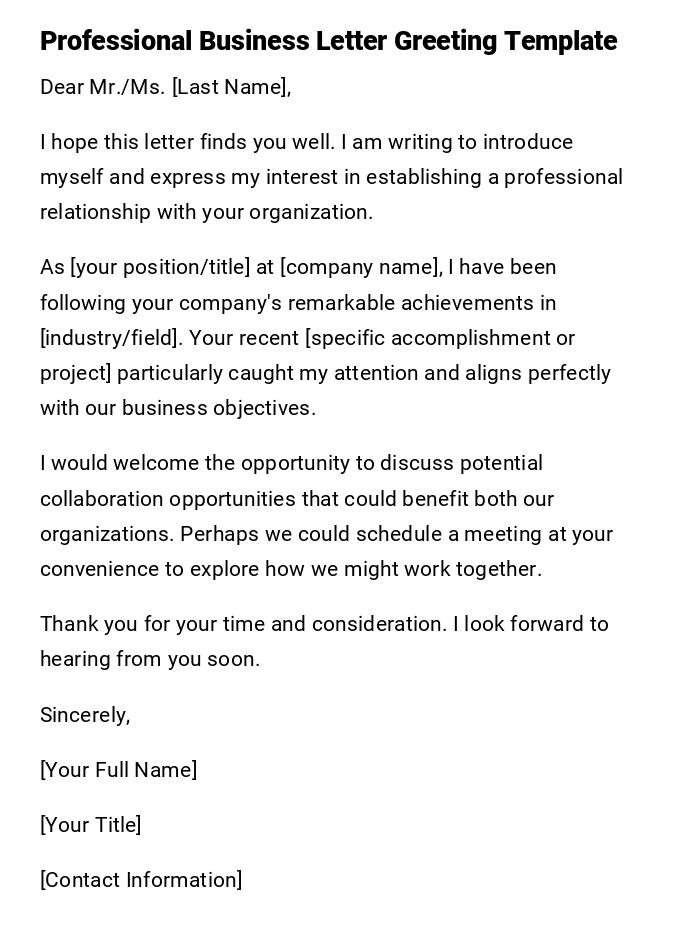
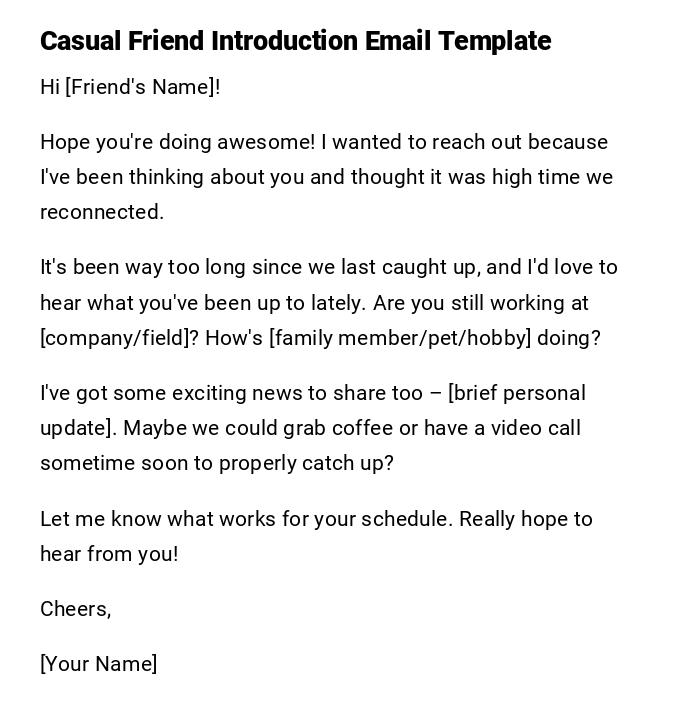
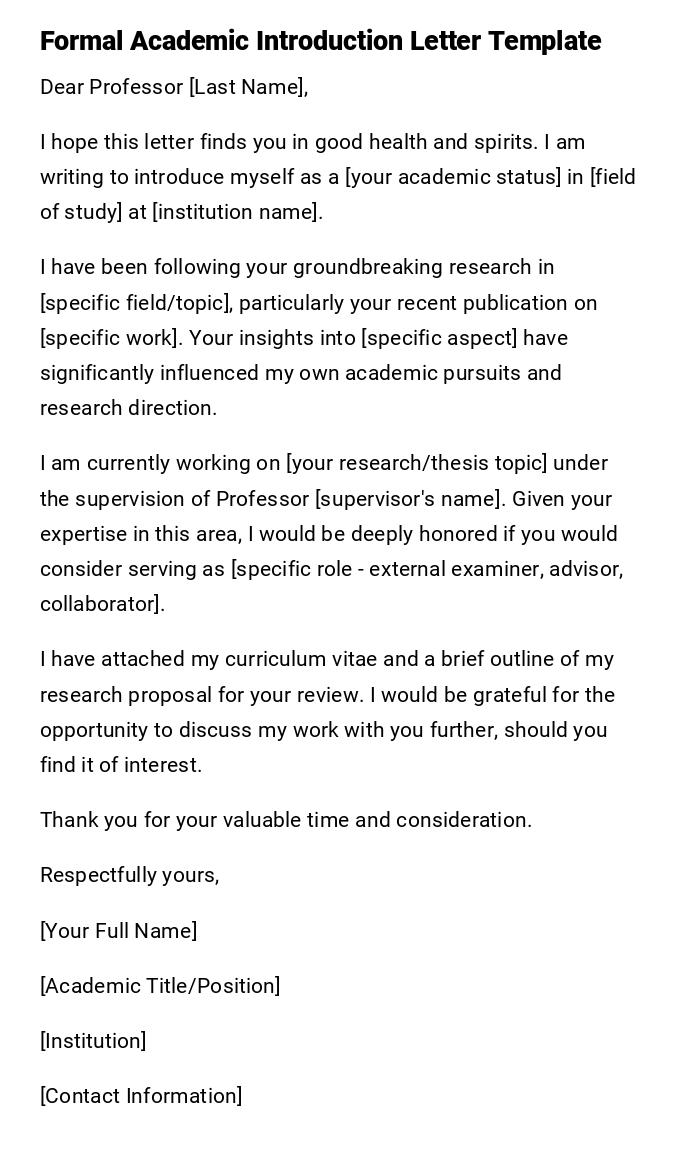
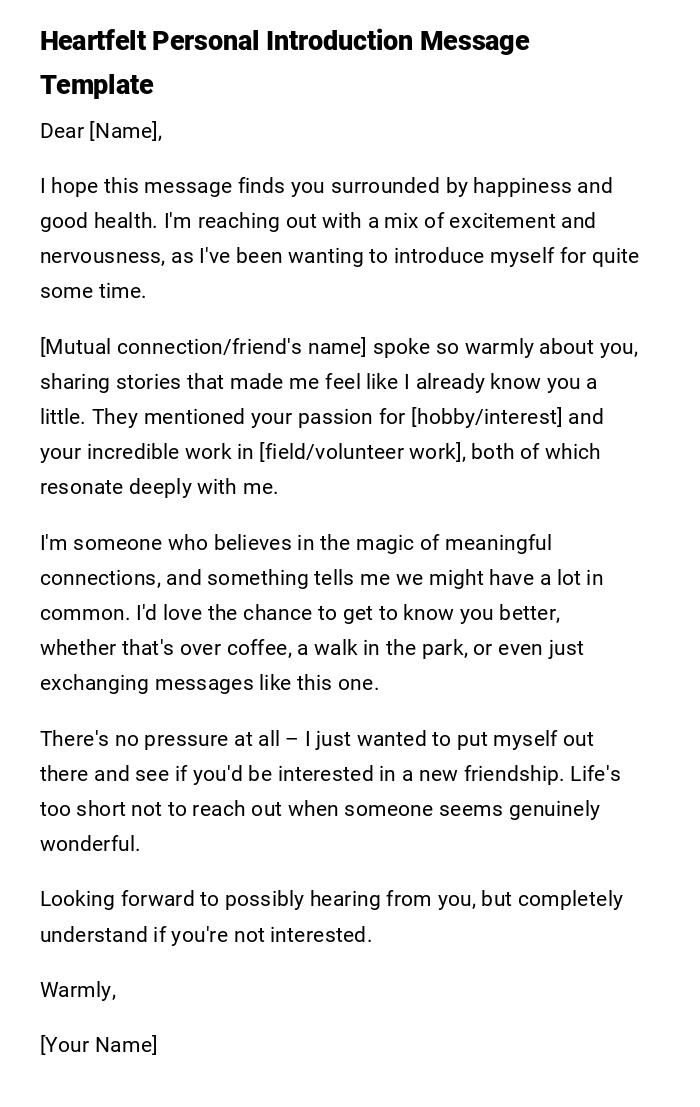
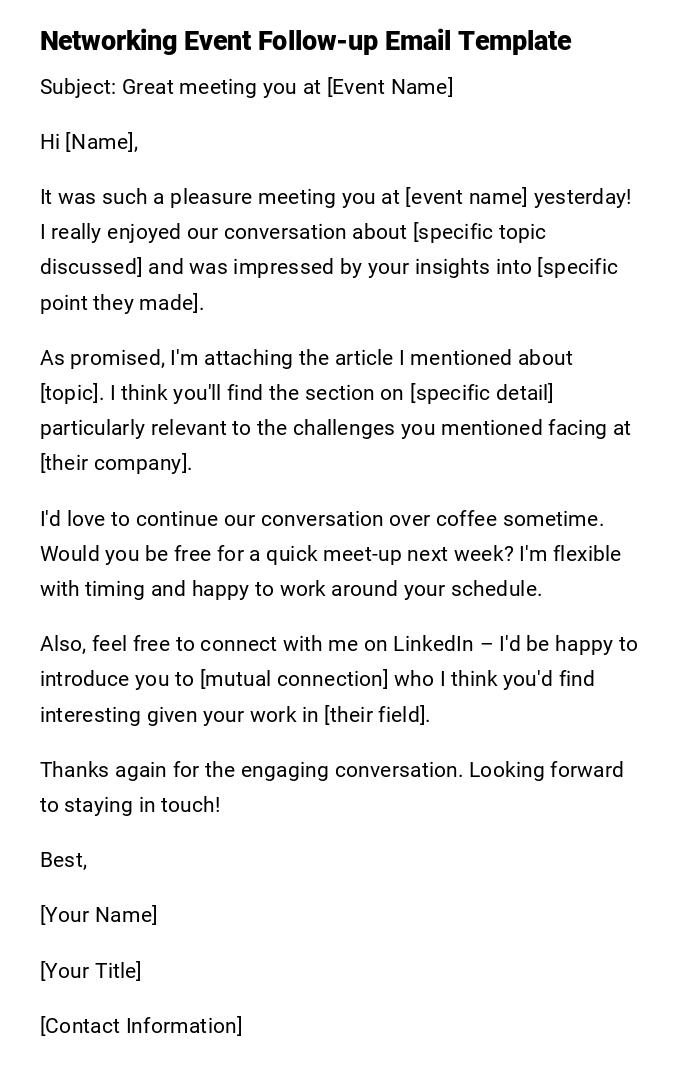
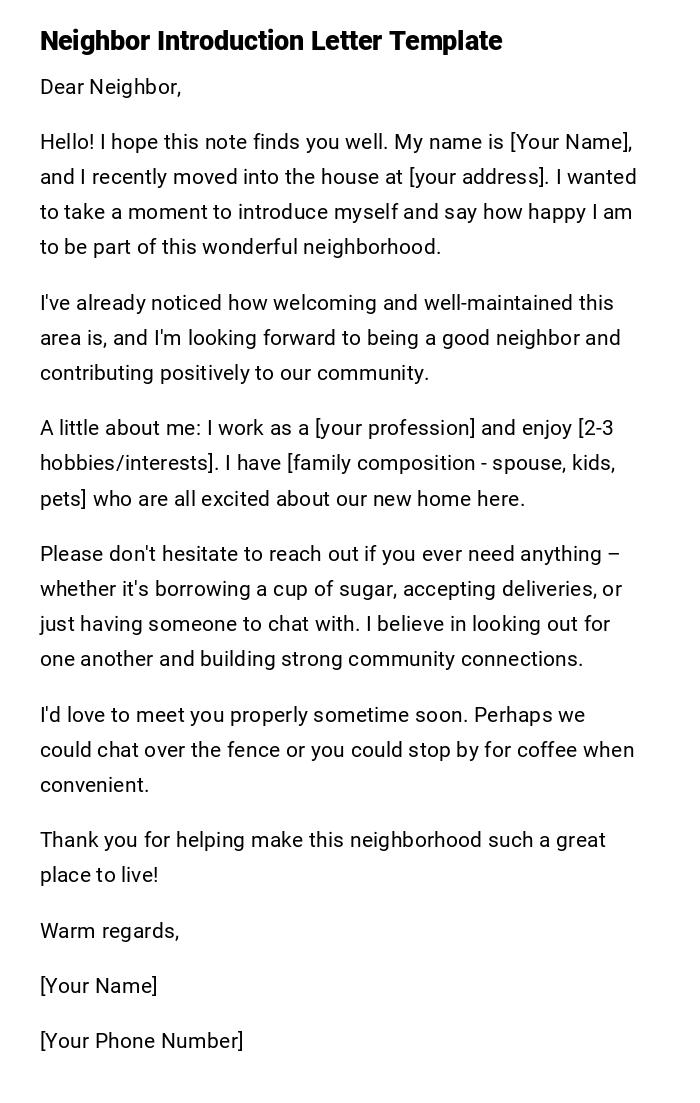
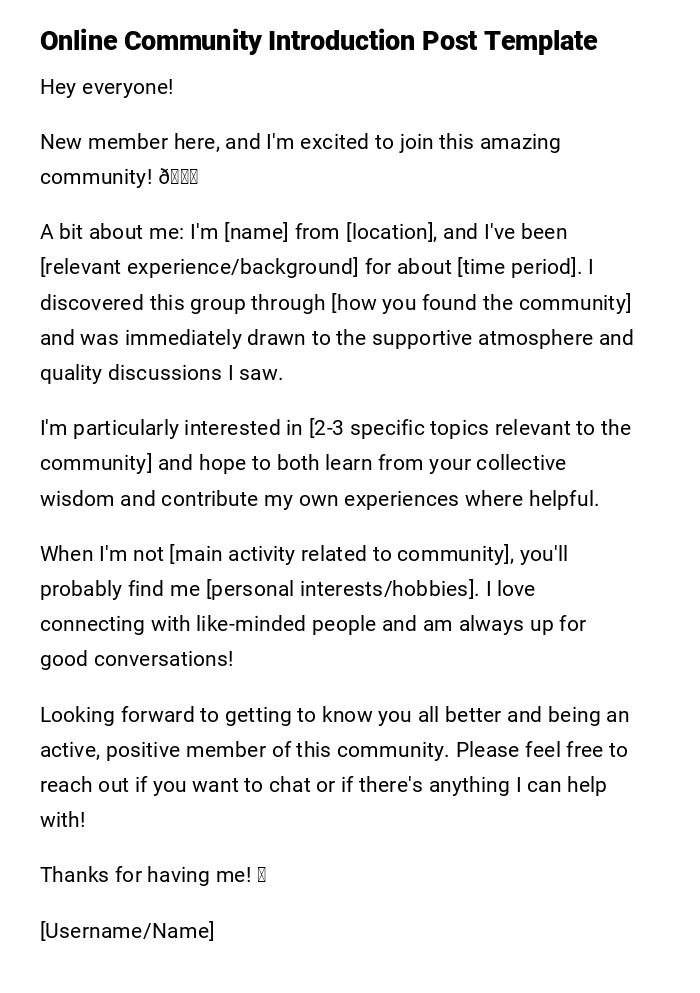
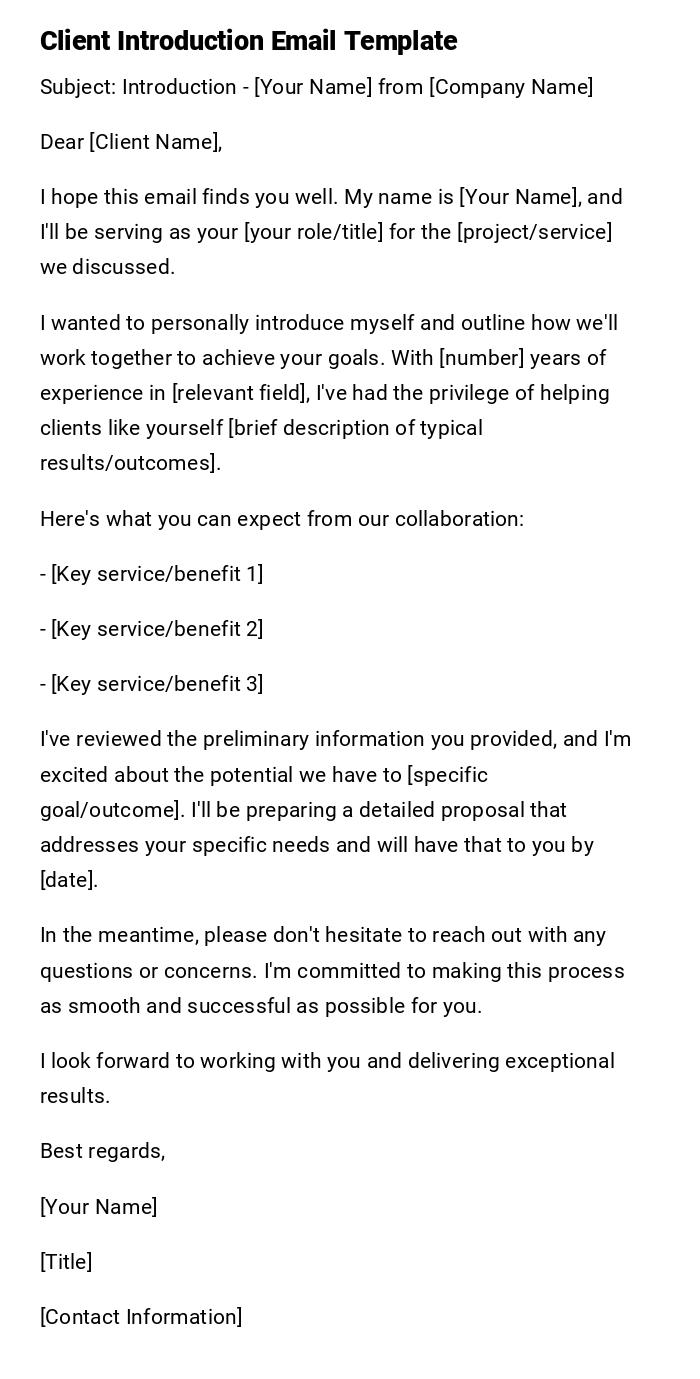

 Download Word Doc
Download Word Doc
 Download PDF
Download PDF